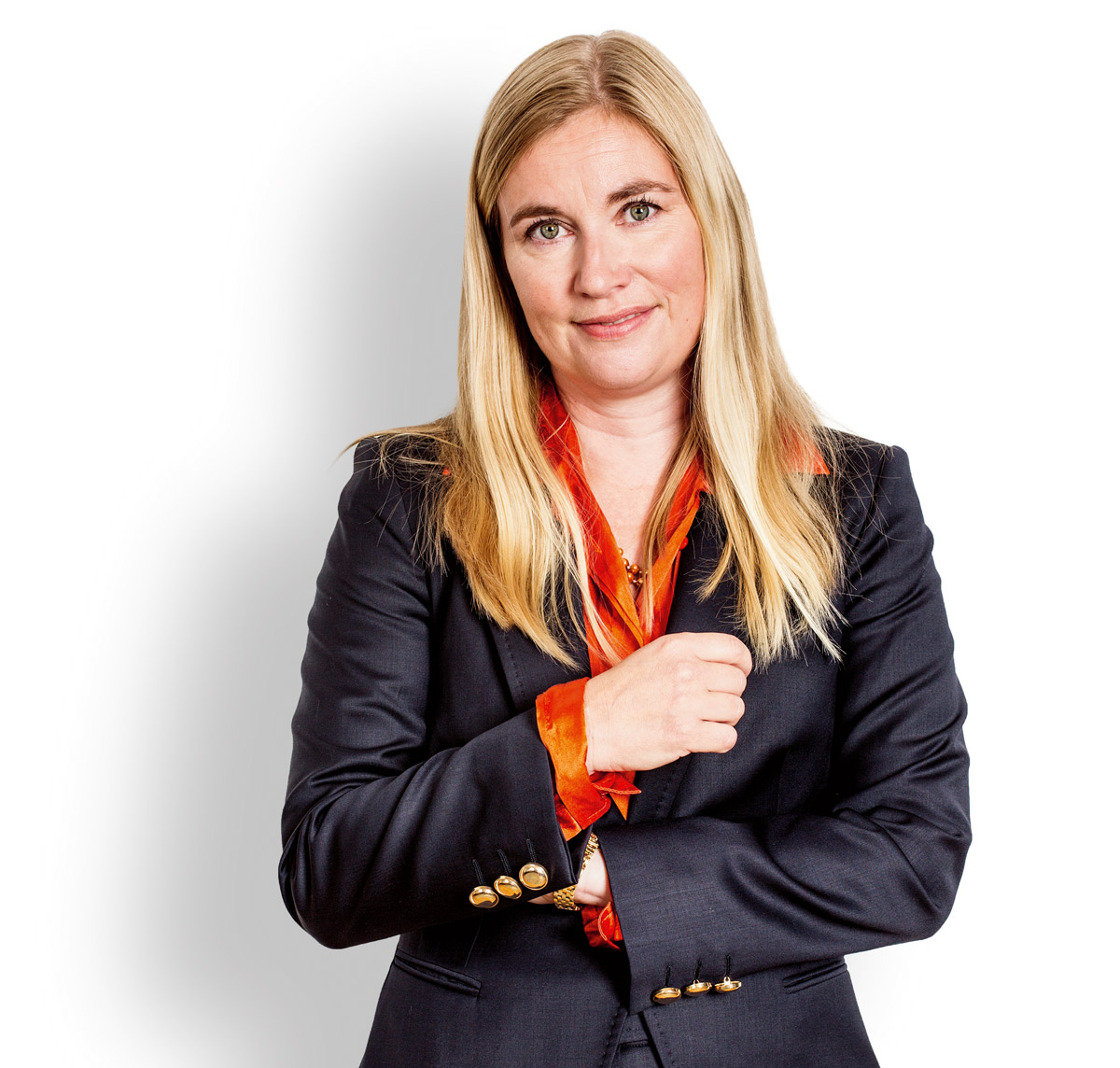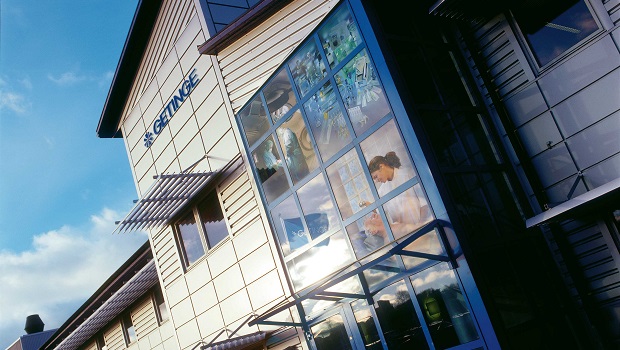
Hanna Paloheimo
Being part of a fast-paced industry where the technology is constantly evolving is part of what makes life science law an enjoyable challenge, said Attorney Hanna Paloheimo, who oversees the life sciences division at Castrén & Snellman Attorneys of Helsinki.
Castrén & Snellman is a full-service business law firm, which provides a wide range of services to its life sciences clients, including intellectual property (IP), contracts, marketing law and mergers and acquisitions, according to Paloheimo. Most of the firm’s life science clients are in the pharmaceutical industry, medical technology and/or biotechnology fields, she added. While about 50 percent of Castrén & Snellman’s work is international, its lawyers concentrate on matters involving Finland, Paloheimo noted. “We also help our clients in multi-national matters outside of Finland, but in such cases we usually involve a lawyer from the target country as well through our networks.” The firm has 122 lawyers in Helsinki and 133 lawyers outside of Finland, including those in Russian offices in Moscow and St. Petersburg. Paloheimo’s own background is in patent litigation as well as biology and genetics.
What are some of the challenges of working with mergers and acquisitions in the life science field?
“With mergers and acquisitions the timelines are often a challenge. Target companies should start preparing for their planned transactions in a timely manner, and ensure that the regulatory and compliance-related elements are in place and well-documented, and paperwork including all material agreements is well-organized.”
What are some common legal mistakes life science companies make?
“Nowadays life science companies are generally very well aware of legal matters, including also regulatory requirements and intellectual property (IP) matters, so there are not so many actual mistakes they make. The quality of contracts could sometimes be even better, and sometimes the transfer of inventions, including also employee invention processes, might be slightly unstructured.”
What are some of the current trends and new regulations of which lawyers in this field need to be aware, particularly those from the EU?
“The medical devices’ sector is developing rapidly, both in terms of products and in terms of the regulatory environment. New EU regulations, and the medical technology (MedTech) code of conduct, the latter gaining binding effect on the members of the industry associations, are some of the new and highly-relevant developments.”
What are the most rewarding aspects of working in life sciences?
“[It is the] highly interesting subject matter, seeing the rapid development of products and innovations in the field and being able to help the clients to achieve their goals.”
What are the some of the hardest aspects of working in this field?
“This one I cannot answer – I enjoy working in this utterly interesting field, and I do not find it hard in that sense at all. But of course, a lawyer in this field has to have a wide perspective on different fields of law, and then it is essential to understand the activities and business of the company in question. I am lucky to have a number of expert colleagues in different fields of business law at Castren & Snellman, so for specific questions it is often sufficient to recognize when to involve a colleague, for example, for tax aspects of a case.”
What advice do you have for those interested in forming a life science company?
“Be diligent with your legal framework right from the beginning. Especially cooperation agreements and joint development projects with bigger players – it is crucial to retain sufficient rights to your own IP and know how to develop the business and to expand it in the future.”






